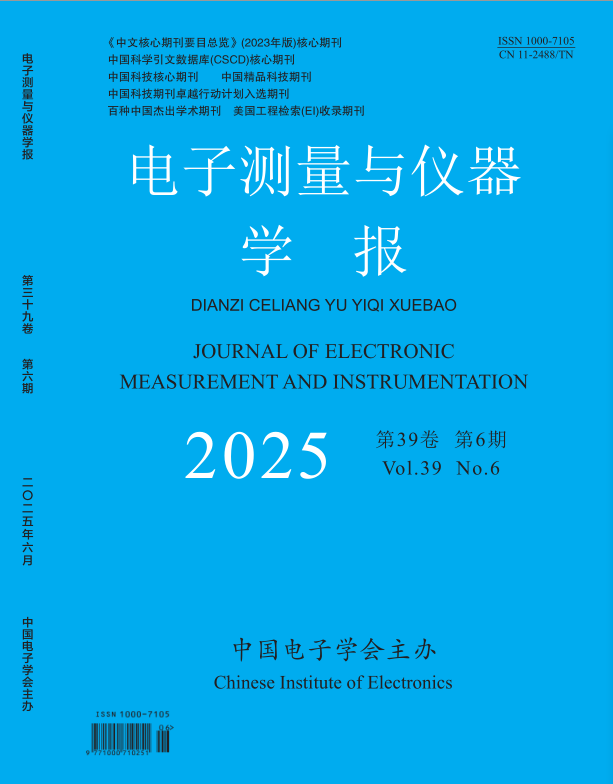2024, 38(7):167-178.
Abstract:The advanced driving assistance system domain controller is responsible for processing and analyzing data from various sensors. However, as the number of in-vehicle cameras continues to grow, various stages within the Domain Controller, including deserialization, serialization, and image processing, may encounter frame loss and pixel anomalies, which can adversely affect the results of image processing. To accurately evaluate the GMSL2 video output functionality of the ADC, a dual-channel GMSL2 video capture and video quality comparison system has been researched. The system involves a hardware card design that initially deserializes the GMSL2 video signal into MIPI CSI-2 signals. Subsequently, a bridging IC separates the MIPI signals into LVDS and CMOS signals recognizable by the FPGA. The XLINX XC7K325T-FFG900 main control chip is then utilized for FPGA logic design, enabling the parsing of MIPI signals, conversion of YUV422 to RGB888 video format, DDR3 buffering, and PCIe 2.0×8 bus transmission. Finally, by integrating image feature extraction, digital tube threading recognition algorithms, and the RGB weighted euclidean color difference formula, the system achieves detection of frame loss and color differences in the video. The experimental results indicate that this system can collect dual-channel YUV422 8 bit, 4K, 30 fps video data from the GMSL2 interface in real time, and conduct a quantitative analysis to determine whether the video output from the intelligent driving domain controller has issues with frame loss and color differences, thereby distinguishing between qualified and unqualified device under test. This has increased the reliability of the test results for the video input and output functions of the advanced driving assistance system domain controller.
